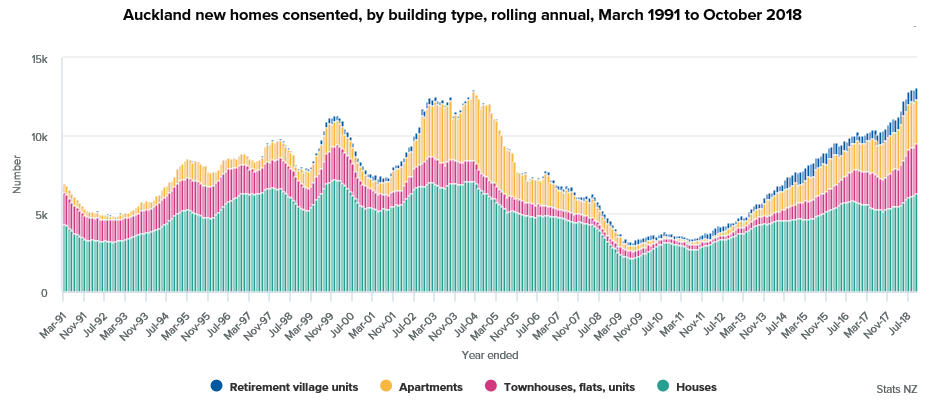October boost for accommodation – 17 December 2018
Guests spent more nights in hotels, motels, and holiday parks in October, Stats NZ said today.
Overall guest nights rose 3.9 percent in October 2018 compared with October 2017, helped by more nights spent in hotels, motels, and holiday parks. However, fewer nights were spent in backpackers than last October, down 2.1 percent.

Annual backpacker guest nights have been tapering off since a peak in the year ended December 2017. Nights spent in backpackers fell 1.7 percent in the year ended October 2018 from the previous October year.

“Since the annual high for backpacker nights in 2017, nights have dropped off the most in the West Coast and Nelson/Marlborough/Tasman regions, while nights in Canterbury and Waikato have risen,” acting accommodation and constructions statistics manager Dave Adair said.
Falling guest nights can be influenced by a variety of factors, typically by guests spending fewer nights in accommodation, but also by businesses shutting down or changing the type of accommodation they offer. Accommodation type changes can include a backpacker becoming a hotel or motel, or by converting to long-term accommodation, which is excluded from the survey.
Total guest nights continued to reach record levels at 40.2 million in the year ended October 2018, up 2.6 percent from the October 2017 year. Hotels, motels, and holiday parks recorded increases, up 3.9 percent, 0.8 percent, and 5.8 percent respectively.
The Accommodation Survey collects data for guests staying in short-term commercial accommodation such as hotels, motels, backpackers, and holiday parks. Hosted and private accommodation, such as bed and breakfasts and holiday homes, are excluded.
For more information about these statistics:


















